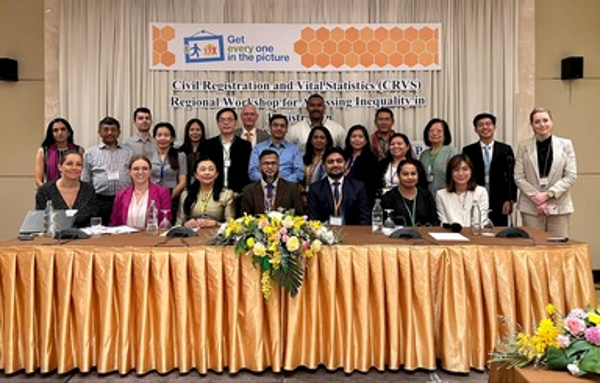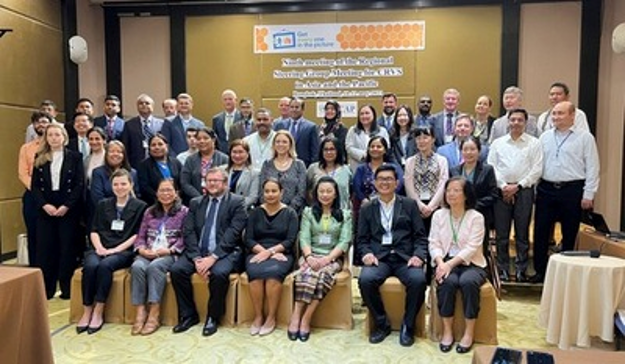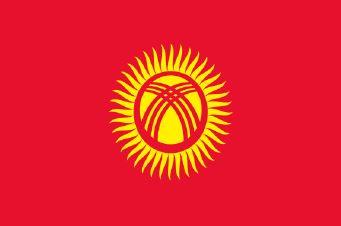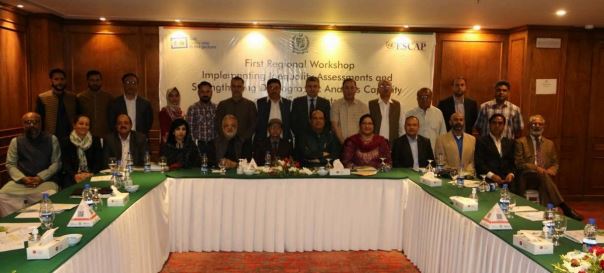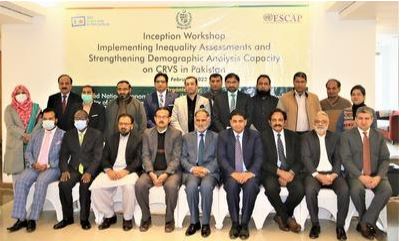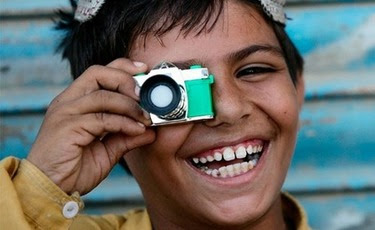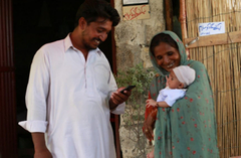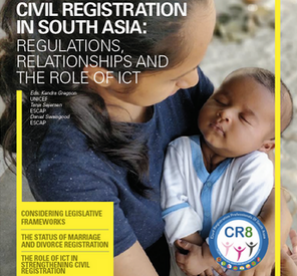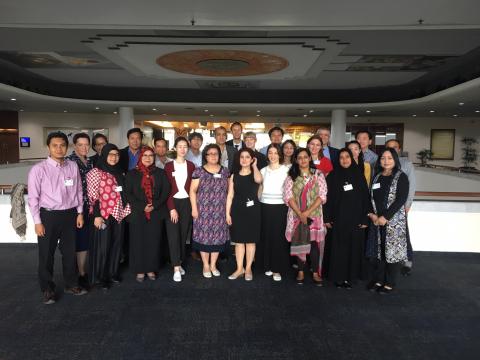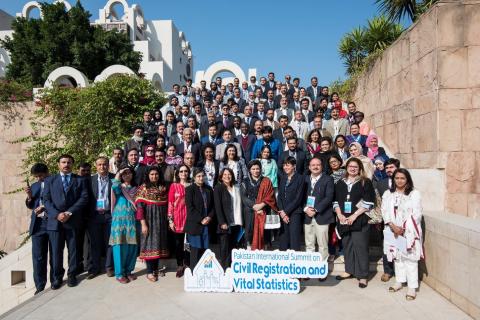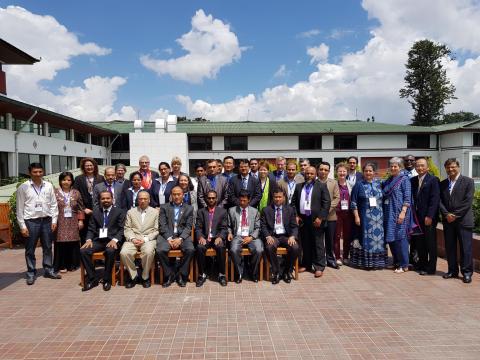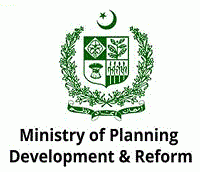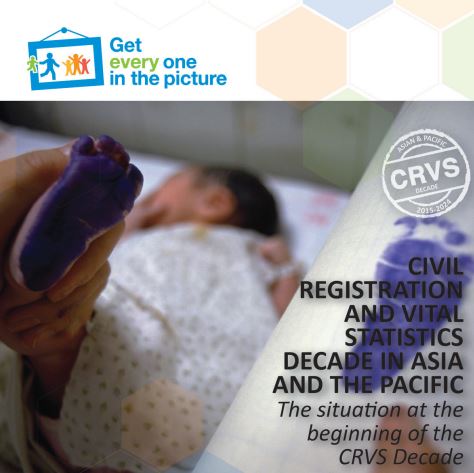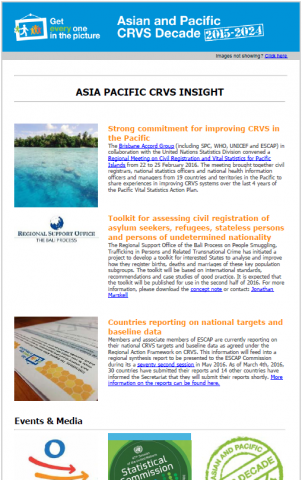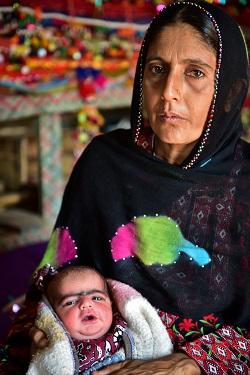Civil Registration takes place in Local Union Councils throughout the country. The National Database and Registration Authority (NADRA) is responsible for a centralized database, which is used for issuing national IDs. Vital statistics are produced and published by the Pakistan Bureau of Statistics (PBS). The main CRVS stakeholders have been gathering since 2014 in a CRVS committee, which members include: Planning Commission (chair), Ministry of Planning, Development and Reform (Lead Steering and Coordination Agency), NADRA under the Ministry of Interior, Pakistan Bureau of Statistics, Ministry of National Health Services, Regulations and Coordination, Ministry of Law, Justice and Human Rights, Provincial & Area Governments‘ Departments of Health/ Local Government/ Planning & Development and international partners.
The legally defined period for birth registration is 1 month, and 60 days for death registration. Both registrations are free of charge in most cases. At the beginning of the CRVS decade only 30% births were being recorded, with almost no death registration mechanisms. Cause of death information is lacking and ICD- 10 for coding cases of deaths in hospitals was not used. Resultantly, very little vital statistics were generated from the civil registration systems and country was therefore forced to resort to expensive community-based surveys. In 2018, an estimated 20 million children under 5 had not been registered in the country. Those numbers are partly explained by a difficult political and social situation in some parts of Pakistan. But the government is improving the situation, establishing 4,476 new registration sites in 2016–2017, and creating the Technical Support Unit for CRVS in October 2017 to oversee and facilitate the CRVS development process. It has also started to implement a Digital Birth Registration program in some provinces, with support from UNICEF, to use technology to access hard-to-reach communities. Some remaining challenges include the update of an outdated legislative framework, and the protection of children and women by giving them proper identity.
A National Strategy for CRVS is being developed and is expected to be finalised in 2020.
Mr. Riffat Mukhtar, Additional Secretary (Admn), Ministry of Interior; Mr. Naveed Jan Sahibzada, Chief Operating Officer (COO), National Database & Registration Authority (NADRA), Ministry of Interior; Dr. Muhammad Asif, Chief Health, Ministry of Planning, Development and Special Initiatives
Mr. Awais Manzur Sumra, Secretary, Ministry of Planning, Development and Special Initiatives
Goal 1. Universal civil registration of births, deaths and other vital events |
Goal 1 Targets:
Goal 2. All individuals are provided with legal documentation of civil registration of births, deaths and other vital events, as necessary, to claim identity, civil status and ensuing rights |
Goal 2 Targets:
Goal 3. Accurate, complete and timely vital statistics (including on causes of death) are produced based on registration records and are disseminated |
Goal 3 Targets:
Goal 1. Universal civil registration of births, deaths and other vital events |
Goal 1 is an expression of the internationally accepted principle of the universal coverage of civil registration. The CRVS system should register all vital events occurring in the territory and jurisdiction of the country or area, including among hard-to-reach and marginalized populations.
National Targets:
Note: This country has not submitted estimates for the number of births for all years. The level of completeness of birth registration was therefore assessed with international estimates for every year, to allow comparison. These measurements are therefore to be interpreted with caution.
MIDTERM
201825%
TARGET
2024100%
MIDTERM
201842.2%
TARGET
2024100%
TARGET
2024100%
Note: This country has not submitted estimates for the number of deaths for all years. The level of completeness of death registration was therefore assessed with international estimates for every year, to allow comparison. These measurements are therefore to be interpreted with caution.
baseline
201446%
MIDTERM
201852%
TARGET
202480%
TARGET
202480%
Goal 2. All individuals are provided with legal documentation of civil registration of births, deaths and other vital events, as necessary, to claim identity, civil status and ensuing rights |
Goal 2 reflects that CRVS systems provide legal documentation of civil registration to individuals and families for legal and administrative purposes. Legal documentation is strongly linked with a broad range of rights and activities, in particular legal identity. This goal addresses the distinction between the civil registration of a vital event and the possession of formal proof that it took place, in the form of legal documentation.
National Targets:
TARGET
2024100%
TARGET
2024100%
Goal 3. Accurate, complete and timely vital statistics (including on causes of death) are produced based on registration records and are disseminated |
Goal 3 highlights the critical importance of civil registration being linked to the production and quality assurance of vital statistics on the occurrence and characteristics of vital events.
National Targets:
TARGET
2024
TARGET
2024
Note: This target was not monitored as part of the Midterm Questionnaire on the Implementation of the Regional Action Framework for CRVS in Asia and the Pacific.
TARGET
202480%
Note: In light of recent countries’ experiences, Verbal autopsy is not encouraged to be applied to a large population scale, but rather on a representative sample. To reflect this, Target 3E is not anymore monitored by the coverage percentage of Verbal autopsy, but by the use or not of Verbal autopsy and its different applications.
MIDTERM
Yes
TARGET
2024Yes
TARGET
2024
TARGET
2024
TARGET
2024

National Coordination Mechanism
Status in Pakistan: Complete

Comprehensive Assessment
Status in Pakistan: Complete

National Targets for 2024
Status in Pakistan: Complete

Monitoring & Reporting Plan
Status in Pakistan: Plans

Inequality Assessment
Status in Pakistan: Plans

National Strategy
Status in Pakistan: Plans

National Focal Point
Status in Pakistan: Complete

Reporting to ESCAP - Baseline
Status in Pakistan: Complete

Reporting to ESCAP - Midterm
Status in Pakistan: Complete


